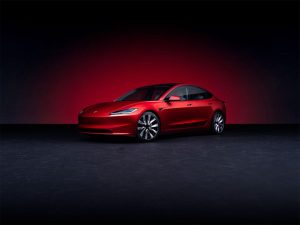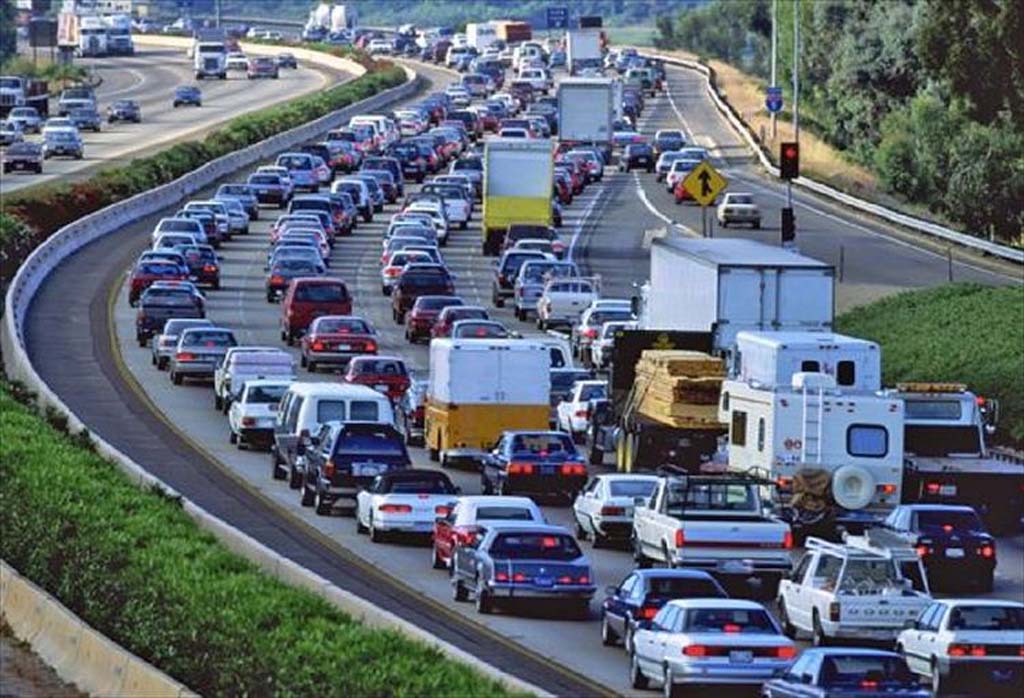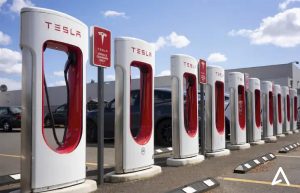States have long relied on gas taxes to cover the cost of building and maintaining their highway infrastructure. That approach falls apart as more and more EVs take to the road. California is exploring another option: tracking the mileage motorists log and charging them according to how far they drive. That could help prevent a gas tax shortfall of more than $4 billion over the next decade.
California’s transportation department has launched a pilot program that could lead to the abandonment of the state’s gas tax. It wouldn’t mean drivers get off without having to pay their share for building and maintaining roadways. Instead, the California Road Charge program is looking at charging motorists based on the miles they drive.
The six-month pilot program comes at an important time for the Golden State. California has about 1.5 million EVs operating on its roadways, more than any other state, and that number is growing rapidly. Considering owners don’t pay gas taxes, state officials warn they could run up a $4.4 billion deficit over the next 10 years if they don’t come up with an alternative way to make up for lost gas taxes.
How it works
Under the California Road Charge Program, Caltrans will enroll hundreds of volunteers from across the state, each getting paid $400 for participating. They’ll also have the state portion of their gas taxes waived while participating.
They’ll track how much they drive by either inserting a special tracking device into their vehicle’s OBD II sensor port or by submitting photos showing their odometer readings. The plan is to charge them 3 cents per mile.
The concept isn’t entirely new. Progressive and several other auto insurance companies now allow some motorists to sign up to pay insurance based on how they drive. OBD II sensors can track whether a motorist drives too fast or brakes too hard, for example, data used to set their rates. Other programs, such as Allstate’s Milewise, also factor in how much you drive to determine your premium.
Why it’s needed
States depend upon gas taxes to cover a significant portion of their road construction and maintenance costs. In California, the bill adds up to around $8 billion annually, according to Caltrans. On average, vehicles using internal combustion engines pay about $300 annually in the taxes worked into the state’s gas prices.

Since they don’t use gasoline, EVs like this Tesla Model 3 could run up a collective fuel tax deficit of $4.4 billion for California over the next decade.
California is losing substantial amounts of money, however, as its population of green vehicles grows each year. There are millions of hybrid models on the state’s roadways, each paying a bit less per mile because of their increased fuel economy. The 1.5 million California EVs pay nothing at all in terms of gas taxes – though owners do have to cough up an extra $100 annual fee. But that’s not enough to make up for the lost taxes, with the state anticipating a $4.4 billion deficit over the coming decade if they don’t find a good alternative way to make up the lost funds.
“What’s unique about this pilot is this time we’ll be collecting actual revenue from participants,” Lauren Prehoda, an official with Caltrans’ Road Charge Program, said during a news conference.
More EV News
- First Drive: Acura ZDX
- Nissan Puts Brakes on U.S. EV Production Plans – for Now
- First Look: Honda Civic Hybrid
The new model could spread
California isn’t the only state charging EV owners a premium to register their vehicles. And it’s not the only state looking for a gas tax alternative. A successful run of the Road Charge program could spread to other parts of the country.
The U.S. government has also been looking at ways to address its own, worsening fuel tax shortfall which has been exacerbated by the rise of electrified vehicles. The federal Highway Trust Fund gets more than $40 billion annually from the 18.4 cents a gallon excise tax on fuel. That figure has been frozen since the first year of the Clinton administration more than three decades ago.
A mileage tax study was authorized by the infrastructure act passed by Congress in 2022.
What next
The pilot program will run for six months. If it proves successful Caltrans could move to adopt it and revise how it raised highway funds.
It would have a variety of options. It could specifically eliminate the gas tax on EVs, or add hybrids and other electrified vehicles. It could even consider eliminating the at-the-pump gas tax entirely, switching all motorists to a pay-as-you-go plan.
Critics warn there could be challenges. Authorities will need to find a way to prevent fraud. And there’s the issue of how to make sure motorists aren’t double-billed if they cross state lines and again pay fuel taxes when traveling.
“Everyone has different levels of comfort when we’re managing our data between efficiency and privacy, and that’s why it’s really important to have options from low tech to high tech,” Prehoda said.










0 Comments